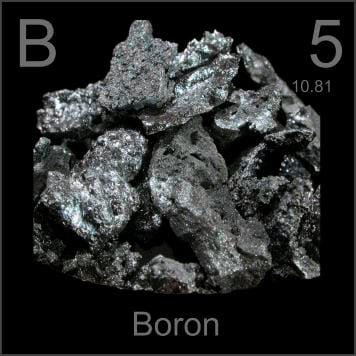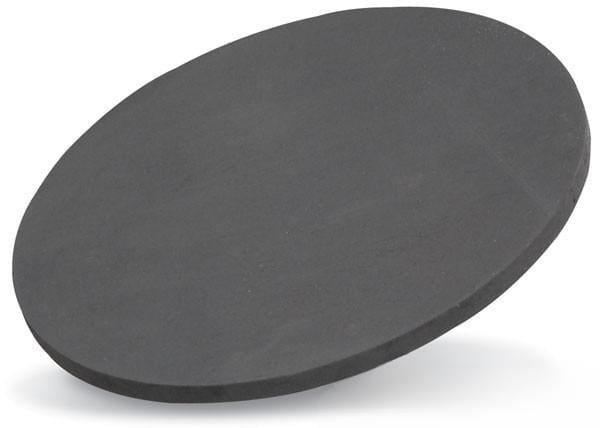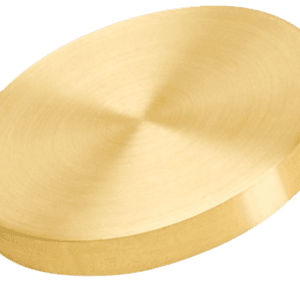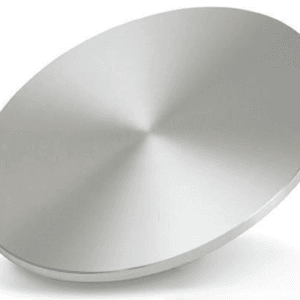Boron Sputtering Target Description

Boron sputtering targets share the same properties as boron. Boron, symbolized as “B,” derives its name from the Arabic word ‘buraq’ for borax and is the third most abundant element in the Earth’s crust.
Pure boron is a dark, amorphous powder. It is used as a rocket fuel igniter and in pyrotechnic flares, giving them a green color. Boron’s most significant role is in enhancing the hardenability of steel, increasing the hardenable size and improving the uniformity of microstructure and properties after quenching.
Boron Sputtering Target Specification
| Material Type | Boron |
| Symbol | B |
| Color/Appearance | Black, Semi-metallic |
| Melting Point | 271.3 °C |
| Boiling Point | 2550 °C |
| Density | 2.34 cryst. g/cm3 |
| Thermal Conductivity | 27 W/m.K |
| Type of Bond | Indium, Elastomer |
| Comments | Explodes with rapid cooling. Forms carbide with the container. |
| Available Sizes | Dia.: 1.0″, 2.0″, 3.0″, 4.0″, 5.0″, 6.0″ Thick: 0.125″, 0.250″ |
We also offer other customized shapes and sizes of the sputtering targets; please Contact Us for more information.
Boron Sputtering Target Application
Boron sputtering targets are used for thin film deposition in applications like fuel cells, decorative coatings, semiconductors, displays, LEDs, photovoltaic devices, and glass coatings. Due to its neutron-absorbing properties, elemental boron is crucial in nuclear reactors, where boron steel is used for control rods. Additionally, boron compounds are employed in manufacturing specific grades of glass and cleaners.
Boron Sputtering Target Bonding Services
Specialized bonding services for Boron Sputtering Targets, including indium and elastomeric bonding techniques, enhance performance and durability. Thin Film Materials (TFM) ensures high-quality solutions that meet industry standards and customer needs.
We also offer custom machining of backing plates, which is essential for sputtering target assembly. This comprehensive approach improves target design flexibility and performance in thin film deposition. Our channels provide detailed information about bonding materials, methods, and services, helping clients make informed decisions.

Packaging
Our Boron Sputtering Targets are clearly tagged and labeled externally to ensure efficient identification and quality control. We take great care to prevent any damage during storage and transportation.
Get Contact
TFM offers Boron Sputtering Targets in various forms, purities, sizes, and prices. We specialize in high-purity thin film deposition materials with optimal density and minimal grain sizes, which are ideal for semiconductor, CVD, and PVD applications in display and optics. Contact Us for current pricing on sputtering targets and other deposition materials that are not listed.





Reviews
There are no reviews yet.